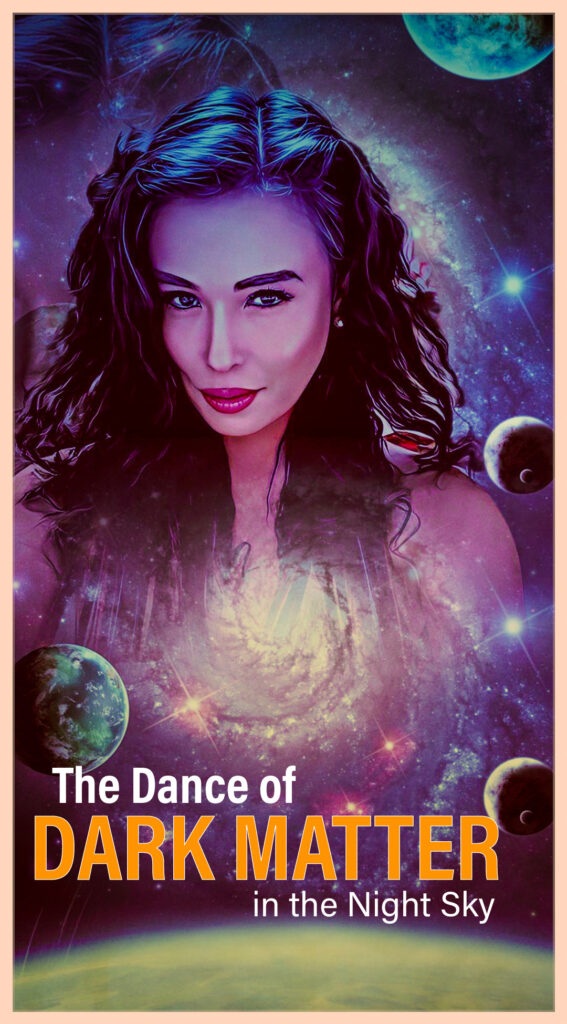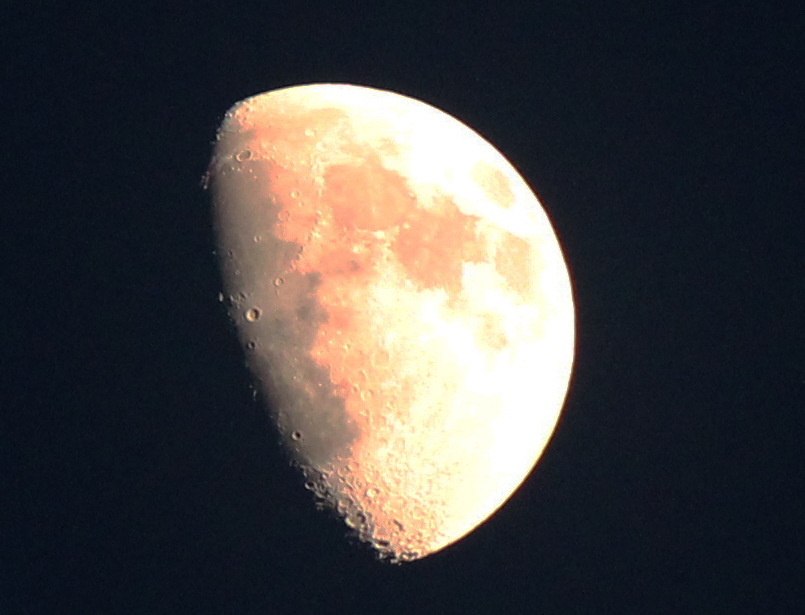
Last night, as I stood on my terrace, gazing at the moonlight bathing the world, I found myself captivated by the celestial dance above. The moon, a familiar companion in the night sky, shimmered with an enchanting glow. Little did I know that this tranquil moment would lead me to ponder one of the universe’s most perplexing mysteries: dark matter.

The Cosmic Intrigue: Beyond the Moon’s Radiance
While the moon’s beauty held my attention, my mind wandered beyond its radiant glow. Out there, in the vast cosmic expanse, lies a hidden player—dark matter. Unlike stars and planets, dark matter doesn’t emit light. It’s like the cosmic ninja, quietly influencing the dance of the celestial bodies without revealing itself to our eyes.
Unseen Forces: Dark Matter’s Gravitational Ballet
Imagine the universe as a grand ballroom, and celestial bodies as dancers. Dark matter, though invisible, is like the silent choreographer orchestrating the cosmic ballet. Its gravitational influence molds the movements of galaxies, steering their intricate dance through the vastness of space. The moon, a mere speck in this cosmic waltz, twirls under the watchful eye of dark matter.
A Puzzle in the Cosmic Tapestry: Why Dark Matter Matters
Without dark matter, the cosmic ballet wouldn’t make sense. It’s the missing puzzle piece that holds galaxies together. As I marveled at the moon, I couldn’t help but appreciate the intricate interplay between the visible and invisible, light and dark. Dark matter completes the cosmic tapestry, adding depth and structure to the vast canvas of the universe.
Cosmic Ghosts and Laboratory Quests: Hunting for Dark Matter Clues
Scientists are on a quest to uncover the identity of dark matter particles. These elusive particles, known as WIMPs (Weakly Interacting Massive Particles), interact so faintly with regular matter that capturing them requires ingenious experiments. Deep underground, in sophisticated laboratories, researchers are setting traps, hoping to catch a glimpse of these cosmic ghosts.
A Deeper Connection: Understanding Our Cosmic Home
As I continued to gaze at the moon, I realized that the cosmic drama unfolding above is intricately linked to our existence. Dark matter, though mysterious, is a fundamental part of the cosmic story. By unraveling its secrets, scientists aim to deepen our understanding of the universe we call home, connecting the celestial dance with the essence of our existence.
Stargazing Reflections: Embracing the Cosmic Marvel
So, the next time you find yourself lost in the beauty of the night sky, remember that the celestial dance is more than meets the eye. Dark matter, though hidden, is an integral part of this cosmic marvel, guiding the stars, planets, and even the moon in a dance that transcends the boundaries of the visible universe.
Gabriel Casabona, a theoretical astrophysicist who specializes in binary neutron star mergers. Gabriel first earned his bachelors in physics at Florida International University and then completed his masters at the University of Massachusetts Dartmouth, where he began his research looking into a specific class of supernova known as type IA.
Currently he is working on his PhD at Northwestern University using extremely high tech and sophisticated computational techniques and simulations to study binary neutron star mergers. By carefully studying the nuclear physics in addition to where the elements within our universe came from, allows him to more carefully study the physical processes of neutron stars and supernovas.


